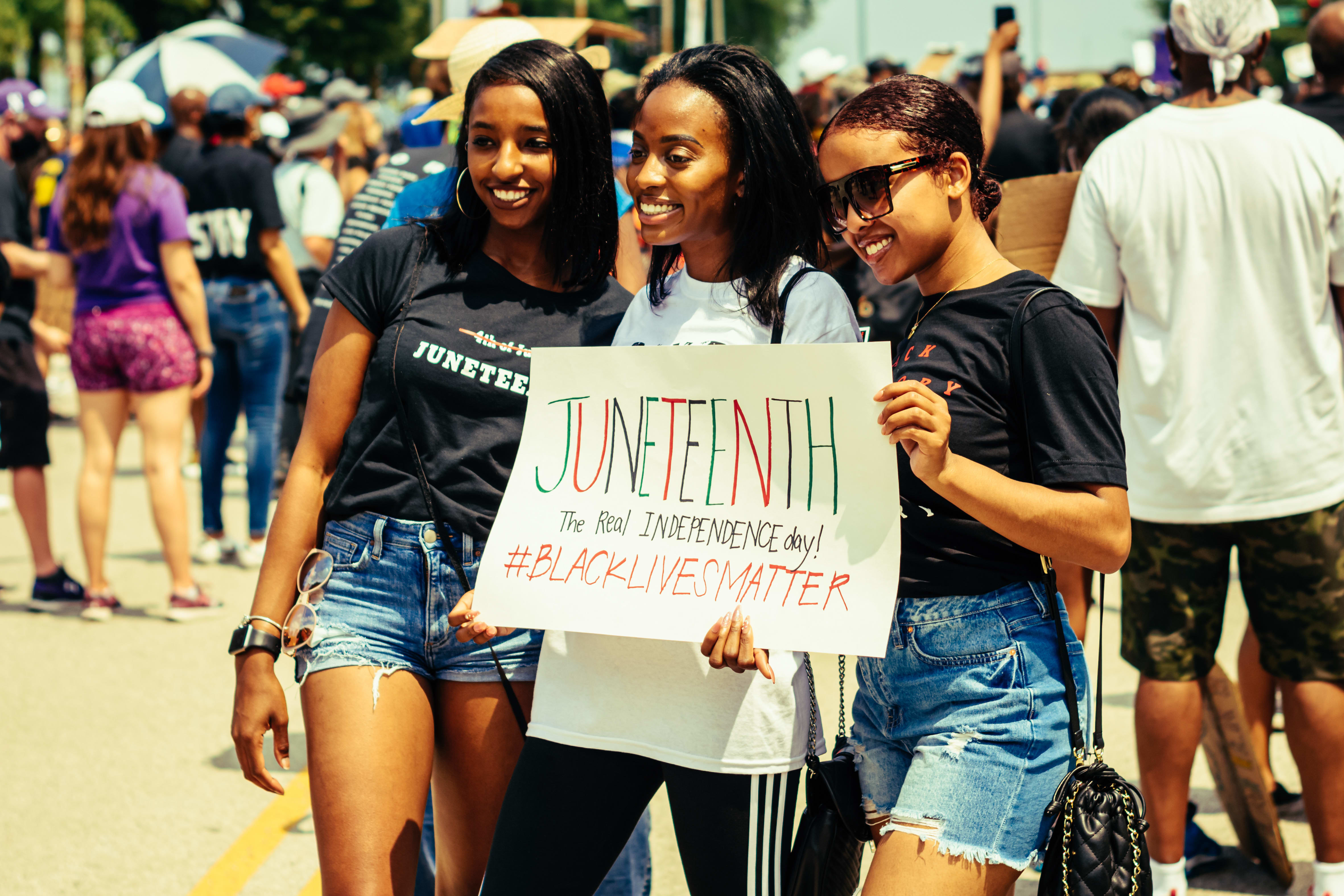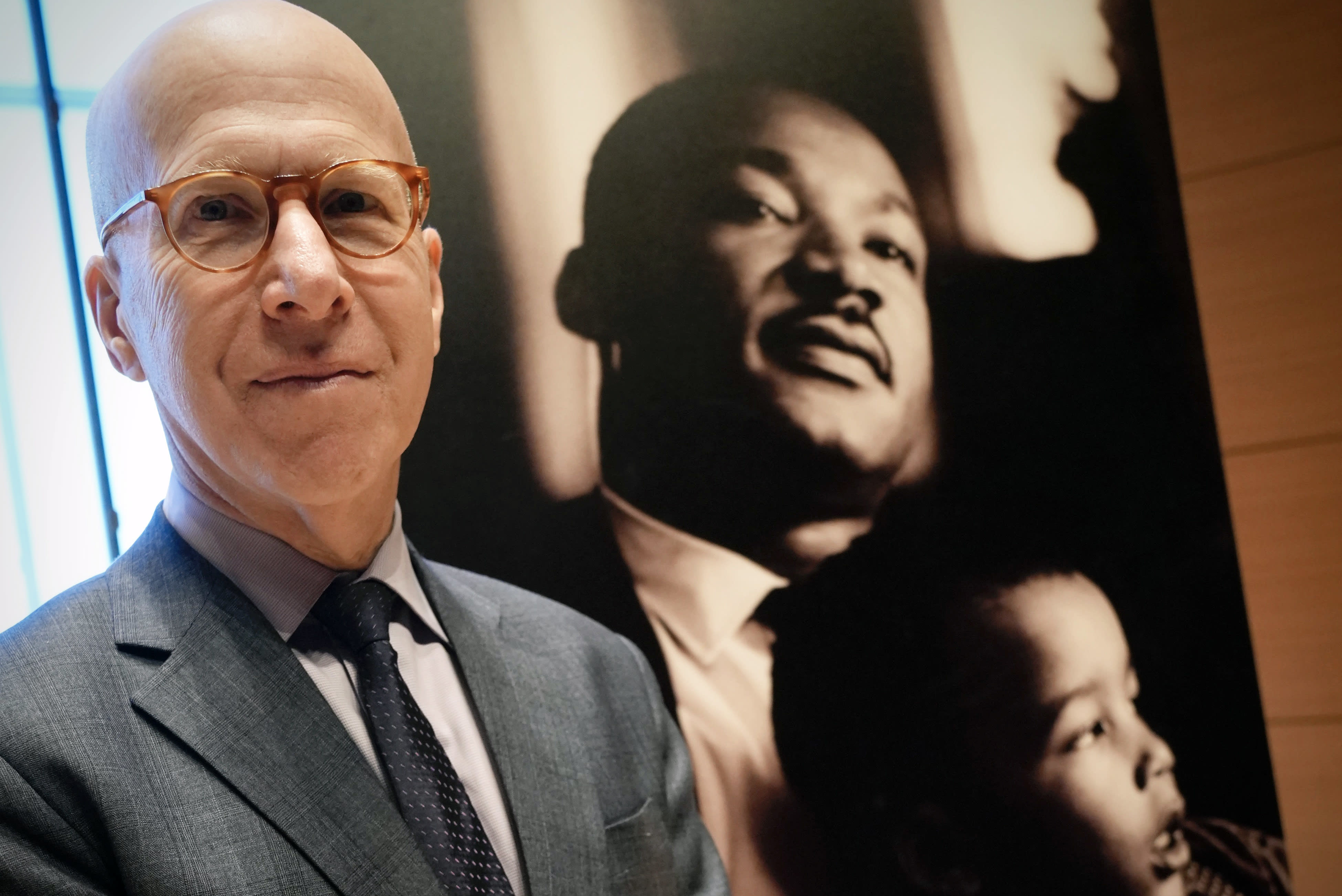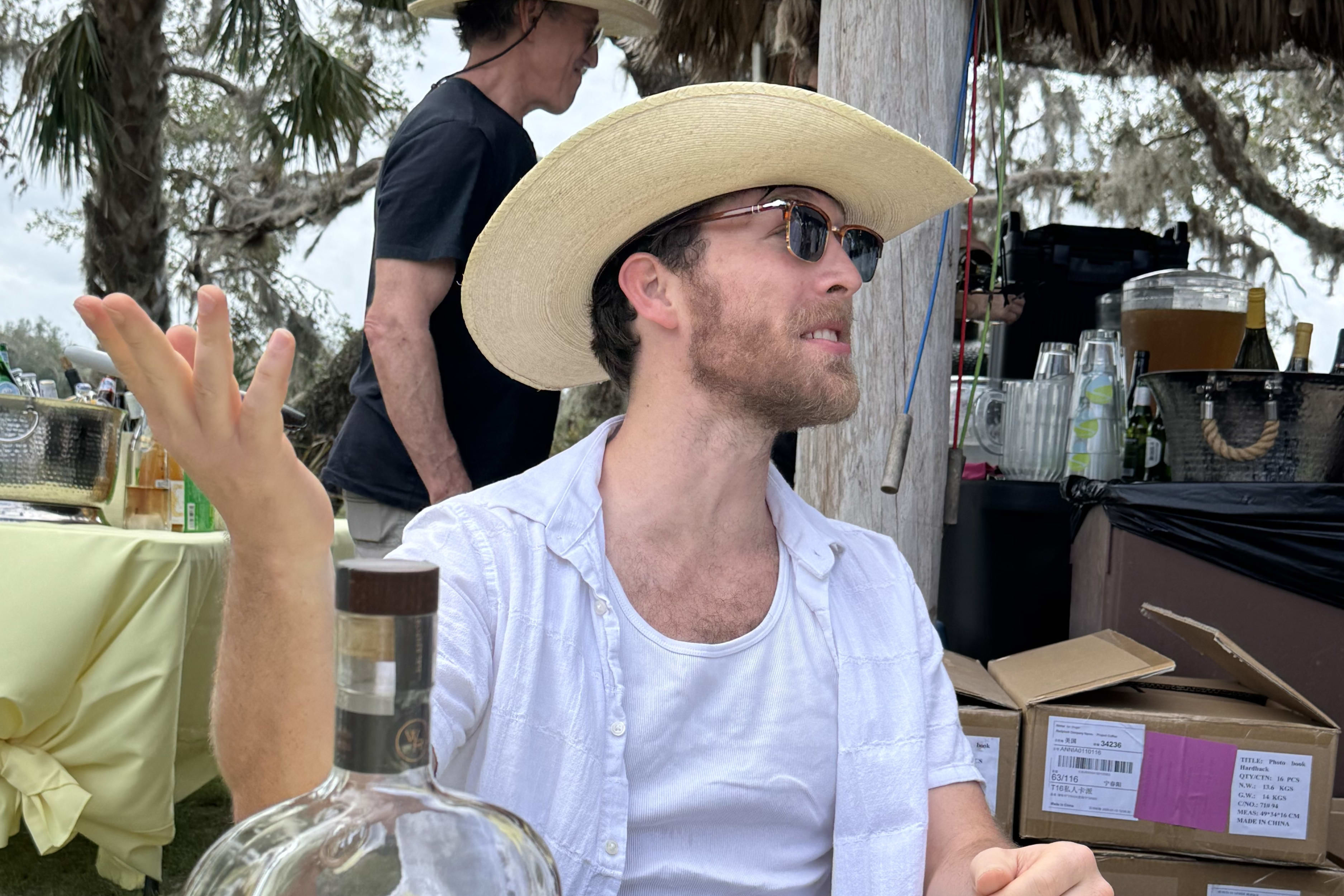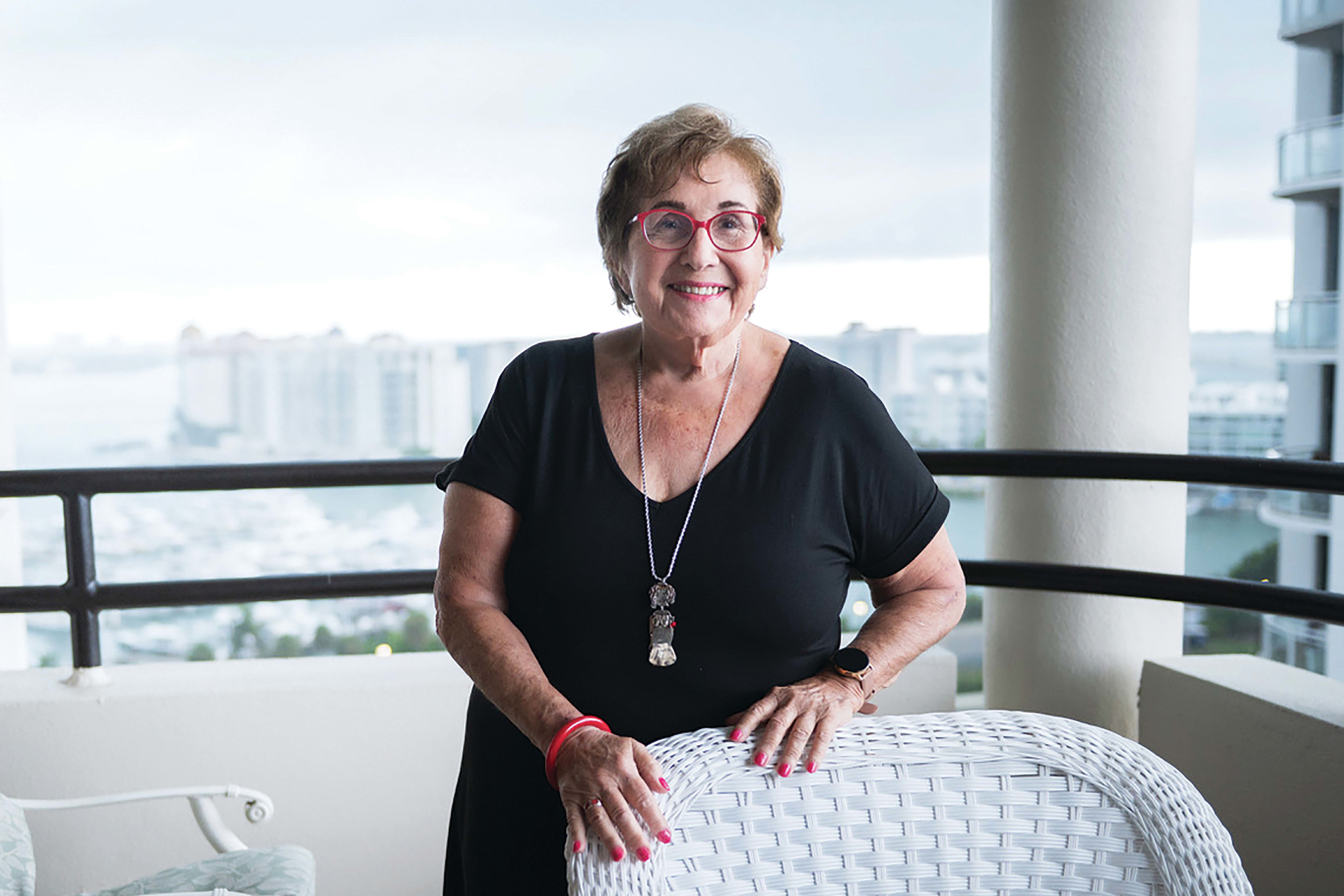Author Alvin Hall on the Green Book and the History of Black Resistance

Alvin Hall
Image: Courtesy Photo
Author—and Florida native—Alvin Hall is an award-winning television and radio broadcaster, financial educator and the creator and host of the Ambie-winning podcast series called Driving the Green Book, which was named one of the “10 Transformative Podcasts to Listen to During Your Next Road Trip” by Time magazine.

Driving the Green Book: A Road Trip Through the Living History of Black Resistance
Image: Courtesy Photo
Now, Hall has turned his podcast into a new book: Driving the Green Book: A Road Trip Through the Living History of Black Resistance. In its pages, Hall shares a deeply researched journey inspired by the historical Green Book traveler’s guide for Black Americans during the Jim Crow era.
From 1936-1967, millions of Black motorists relied on the Green Book to find businesses where they could safely rest, eat, sleep and find fuel while traveling across America, helping them avoid potential dangers and violent encounters associated with systemic racism. The Green Book was important to average Black Americans and celebrities alike, including Duke Ellington, Aretha Franklin, and the Rev. Dr. Martin Luther King Jr.
On a driving tour for Driving the Green Book, Hall revisited places highlighted in the pages of the famous guide while also interviewing some of the last living witnesses to that tumultuous time. Those interviewees and their descendants shared insight that illuminates what Black people endured—all to travel or vacation by car.
We caught up with Hall to better understand the resourcefulness and resilience of the Black community during the tumultuous time, and what insight we can glean about racism in America today thanks to this glimpse into our history. This interview has been edited for length and clarity.
Did you travel a lot when you were growing up?
"I was raised in Wakulla County, Florida, on S.R. 319 in largely Black area. We were poor and did not have a car. The only time we took trips was when my uncle’s son would drive us to see our Uncle Louie in Lake City, Jacksonville or Georgia where my grandmother was from.
"My knowledge of car culture was minimal. Like many Black people, we did as I learned in the book—we started early in the morning, traveled only during day and arrived before sunset. When we arrived safely, there would be praying to the Lord that he delivered us, but heading back, there would be the same anxiety. I thought it was just us, but it was part of our survival mechanism because of Jim Crow and segregation and the fear of what could happen on the road."
Were there any stand-out moments for you while you were writing and researching Driving the Green Book?
"One of the things most interesting about doing this trip is that when you’re raised in a tight-knit Black community, many things are second nature—such as sounds and smells. While doing many of these interviews, I heard the voices of my relatives in the cadences, word choices, even the pauses [of the subjects]. The interviewees could have been any of the relatives that I grew up with in the Panhandle. There were times that I had to walk out of the room because my heart would be full and I would start to cry. It was like my ancestors were saying, ‘This is story you must tell. We are glad you have come to ask these people these questions because we are here to encourage you along this journey.’"
Before the Green Book, how did Black Americans travel in the south?
"There was a word-of-mouth network. I was raised in Baptist church, which held a Baptist Convention. When people would travel for it, they would stay in other Black people’s homes. This was the same for Black salespeople or doctors who travel.
"This was one of the reasons that sororities and fraternities were so big in the Black community. It provided a network of people with common interests. The Green Book was the codification of capturing of that word-of-mouth network on paper."
Many people are surprised to learn that Sarasota was a sundown town. Can you explain what that means?
"Places where Black people were not supposed to be once the sun went down.
"Many people, even today, think sundown towns were a phenomenon of south. They were not. Sundown towns were largely found in the Midwest and north. They could be found in Dearborn and Detroit, or Ohio and Indiana—even New York City. People forget that all Levittowns were sundown towns. Black people were not permitted after dark, unless you worked for white family that would testify that you worked for them. Otherwise, Black people were arrested or likely harassed to the point of frustration.
"I interviewed one man who recalled that when his family was traveling through northern Mississippi, his father always said that in Duck Hill, GA, ‘they tarred and feathered a Black man’ for being in a sundown town after dark."
How does the ‘emotional wall,’ as you describe it in the book, come down between a sundown town and the Black community?
"It’s a tough thing to change. Generally, the white residents of those communities are not used to seeing Black people after a certain time of day, so there’s initially suspicion. The way it can change is by changing housing practices—who can buy houses and where—to integrate more neighborhoods. Even that’s difficult because of redlining in America. But that’s the way white people gradually see Black people as having a 'right' to be there.
"If Black people are seen living in and walking around the neighborhoods, [white people] can let go of the old strictures. However, it’s hard for some. Even though it may not be an entitlement for Black people to be in the former sundown towns, it may feel like an entitlement to white people. It takes a while."
Between the 1940s-'70s, Sarasota's Newtown community had about 80 thriving Black-owned businesses. It's estimated that a dollar circulated eight to 10 times there. What happened to these communities that contributed to the rising tide of Black capitalism?
"That was due to urban renewal and the routing of interstate highway system. Urban renewal, across Black communities, became known as 'Negro removal'—that’s what we heard. Most people outside those communities thought [urban renewal] was some sort of slum clearance. A historian that I interviewed said that one of the underlying motivations was wanting the Black dollars to circulate within the white community more quickly.
"For my book, we talked with Dr. Learotha Williams, who is a professor of African American and Public History at Tennessee State University. He and his students analyzed the records and routing of interstate highway system and the homeowners who were targeted. It was revelatory. In one Nashville community that was 95 percent Black, people in more than 1,000 Black homes were displaced and 800 Black businesses were removed. And the way the public meetings about the urban renewal were announced, publicized, and changed at the last minute did not serve the Black community’s best interests."
In the book, you also write about a series of “wade-ins” began at Sarasota’s Lido Beach in 1955, when more than 100 Black people caravanned to the beach from Newtown. Tell us about those.
"Black people knew that they had only one way to challenge the segregation of the beaches, and that was one person at a time—and then larger and larger groups of protesters.
"Yes, the protesters knew there would be a violent reaction. One article said, ‘[Black people] incited violence by violating the rules.’ I don’t think they incited violence; people reacted violently because of the segregation rules.
"Remember that the federal government specifically had policies that discouraged the mixing of races—that was true in the federal housing authority policy in America. You can see how that mindset can come into being; it's only a matter of extrapolating. If you can’t integrate housing and communities, then you can’t integrate beaches. Those became the rules."
What are your thoughts on Sarasota’s Lynching Memorial Marker?
"I’ve been to the National Memorial for Peace and Justice, and I think these local memorials are just as important, so that people don’t feel like ‘it didn’t happen here.’ There’s a resonance with older Black community members with who live with some aspect of those traumas. It's no different than those who lived through the Holocaust—those memories and experiences are passed on from one generation to another, whether consciously or unconsciously.
"The memorials will remind people that there was trauma in that community. Black people survived that trauma and still built productive lives. And those people deserve even greater respect for having survived and for showing grace in their day to day lives without bitterness. I think grace is ultimately what those memorials are are about. Yes, they memorialize an event, but they also highlight the courage of the people who continued to live their lives with grace toward their neighbors, families, and the white people outside their communities."
Does a modern-day Green Book exist to locate Black-owned businesses around the state of Florida and the country?
"There is a version called The Modern Green Book, and others probably exist online. Many versions of this have been started by some young Black person in each town and city with a significant population of Black people. Its purpose is marketing Black-owned businesses so that the community can shop Black and keep more money in those neighborhoods.
I’ve seen it in Birmingham, Alabama, and in cities in Maryland. There's also a photographer's version of the Green Book called The Photographer's Green Book. It’s a networking tool for young Black and Brown entrepreneurs to find opportunities. There's also NoirBNB, JourneyBlackHome, TravelNoire and (For)bes The Culture."
When it comes to discussions about the impact of racism, some wonder why we "keep dredging up ancient history.” How do you respond to this?
"Take time to walk down the street with your Black friend. Take time to listen to how your white friends talk about Black people and listen to news stories of Black people and people of color getting stopped on the road. You’ll discover that racism still exists. It’s not a phenomenon of the past.
"Here’s something that stopped me in my tracks. I graduated from school 10 years after the passing of the Civil Rights Act in 1964. Many of those people who fought that act are still alive, as I am. Just because the law changed does not mean that the hearts and minds of those people [who fought the law] changed. That DNA is still out there. They are still out there, as are their children. So is that ancient history, or is it currently part of the fabric of their lives and how they function every day?"
When it comes to racism in America, what scares you?
"The language and acts of racism are more subtle and coded today, not nearly as pervasively blatant as they were during the time the Green Book was published or when I was growing up in Florida in the 1950s and '60s. In some ways, it is more insidious today because there’s a psychological dimension. There are days when I read a news story or listen to a politician and I am stunned that Americans don’t see or feel the racist intent.
"When I was growing up, there were people like Bull Connor, George Wallace, David Duke and Lester Maddox who were blatantly proud racists and didn’t care if they offended people—Black or white. Back then, racism was a moral flaw. Today, people with similar beliefs are often well-educated, reasonable-sounding people who smartly couch their belief in socioeconomics and cultural differences. They dress nicely, are well-groomed, have lovely all-American families and smile warmly when speaking in coded language. It seems that their racism has come to be viewed as an unfortunate little personality trait of an overall nice person, like a beloved but racist uncle, aunt or grandparent. But what may be harmless in a family can be a danger in society.
"However, my fears are replaced by encouragement and hope when I see the diversity of people, especially young people of all ethnic and socioeconomic backgrounds, participate in and lend their voices to protests as well as vote against the intimidation, violence, political disenfranchisement, and injustice that history shows have been the tools of racists practice. They have the empathy and power to stop history from repeating itself. Will they?"
Is change possible?
"It’s possible because generations change. Younger people have a greater diversity of friends. They are the first wave of introductionism. But even so, it takes time.
"A friend told me that their uncle still won’t eat in a restaurant where Black people are served. In America, we have unconditional love for our relatives, but what if your relative is a racist or bigot? How do you reconcile them because they are holding on to old practices while the world is changing? Try to talk to previous generations about why this change is necessary. Gentle conversations, not confrontational, need to happen. Still, change is slow."



